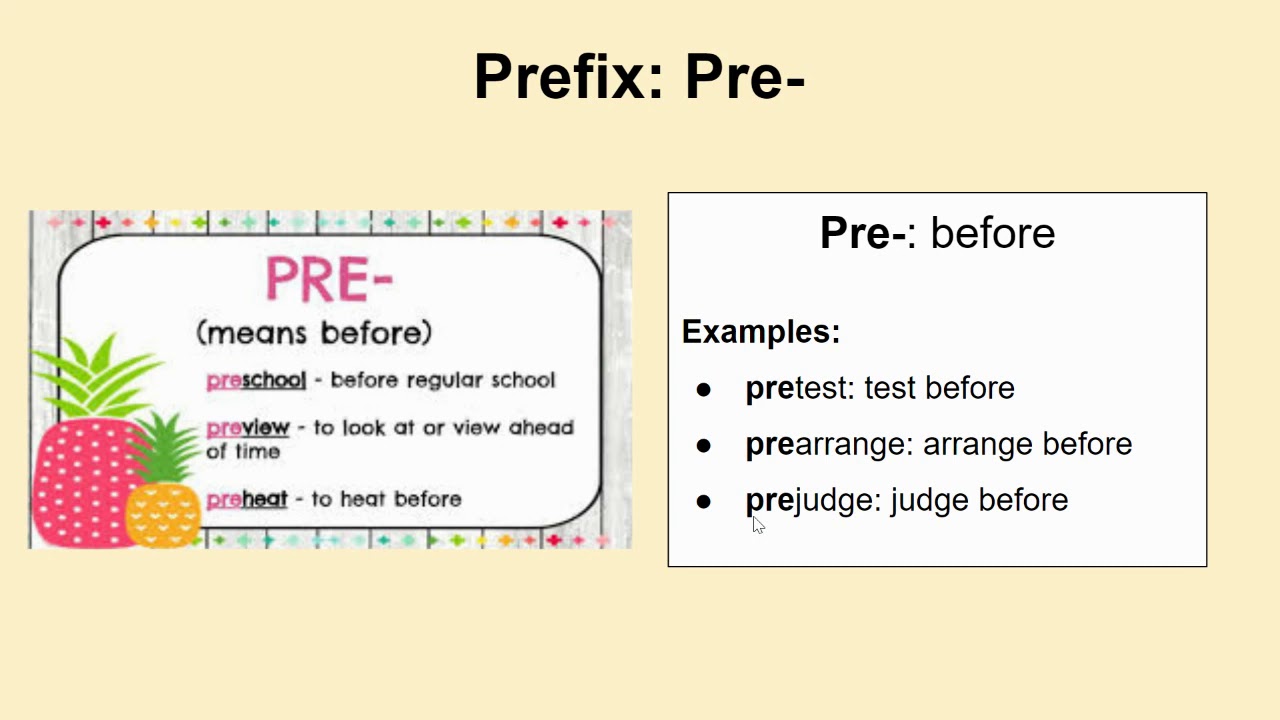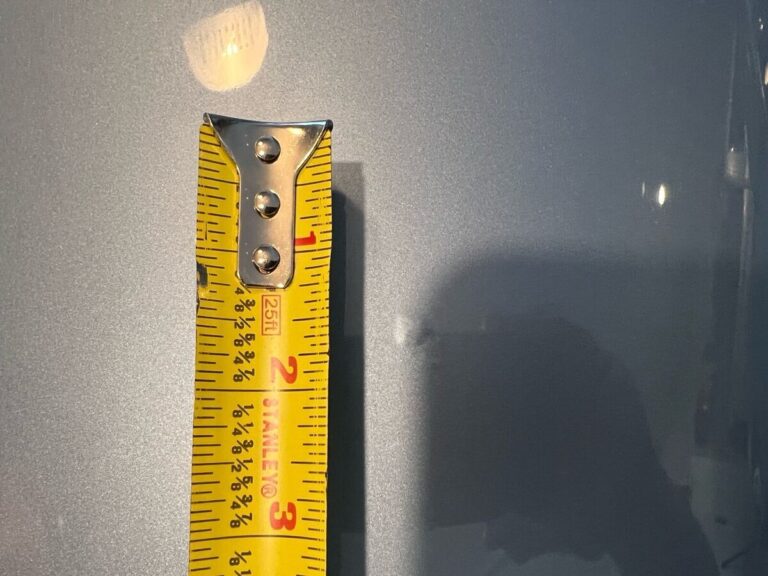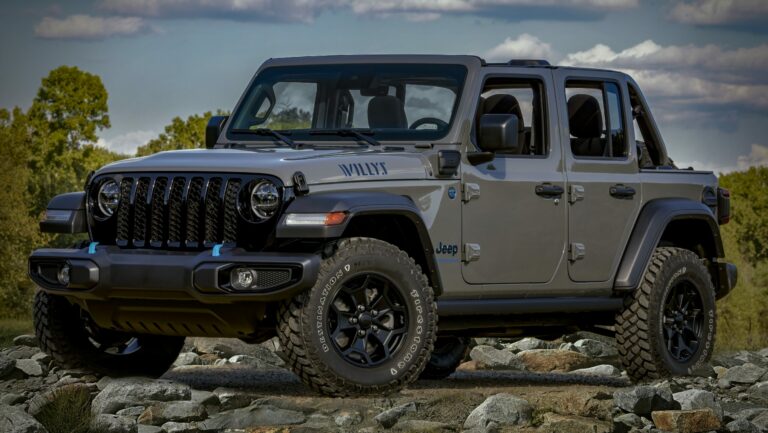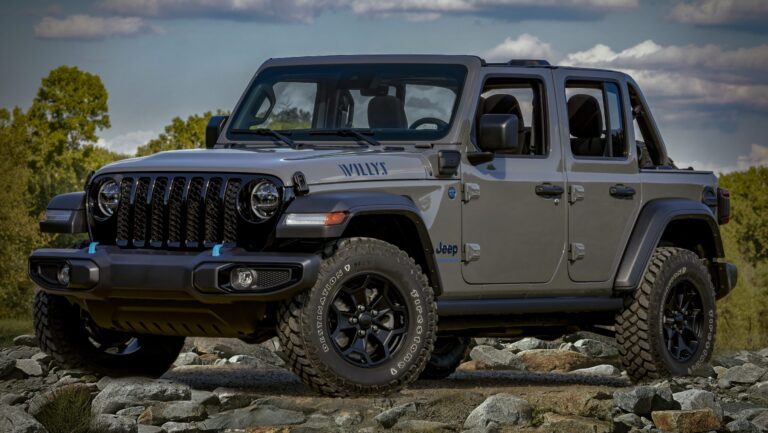Pre-1990 Jeep Trucks For Sale: A Comprehensive Guide to Owning a Piece of American History
Pre-1990 Jeep Trucks For Sale: A Comprehensive Guide to Owning a Piece of American History jeeps.truckstrend.com
For enthusiasts of rugged utility, classic design, and undeniable American heritage, the allure of pre-1990 Jeep trucks is undeniable. These vehicles are more than just modes of transportation; they are enduring symbols of a bygone era, built with a simplicity and durability that captivates collectors, off-road adventurers, and anyone seeking a vehicle with true character. From the venerable J-series Gladiators to the more contemporary Comanche, these trucks represent a significant chapter in automotive history, offering a unique blend of practicality, iconic styling, and legendary off-road prowess.
This comprehensive guide delves into the world of pre-1990 Jeep trucks available for sale, providing an in-depth look at what makes them special, what to consider when buying one, and how to navigate the exciting journey of ownership. Whether you’re a seasoned mechanic looking for a restoration project, an off-road enthusiast seeking a capable vintage rig, or simply someone who appreciates automotive artistry, understanding these magnificent machines is the first step towards bringing one home.
Pre-1990 Jeep Trucks For Sale: A Comprehensive Guide to Owning a Piece of American History
The Enduring Appeal: Why Buy a Pre-1990 Jeep Truck?
The decision to purchase a classic vehicle is often driven by passion, and pre-1990 Jeep trucks ignite that passion for several compelling reasons:
- Iconic Design and Nostalgia: These trucks boast a timeless aesthetic that harks back to an era of unpretentious utility. Their boxy lines, prominent grilles, and robust stance evoke a sense of rugged Americana. For many, they represent a connection to childhood memories or a simpler time, offering a tangible piece of automotive history.
- Unmatched Durability and Simplicity: Built before the advent of complex electronics and intricate computer systems, these Jeeps are renowned for their mechanical simplicity. This translates to easier diagnosis and repair for the home mechanic, lower maintenance costs, and a vehicle that can often be kept running with basic tools and knowledge. Their heavy-duty components were designed to withstand harsh conditions, making them incredibly durable.
- Legendary Off-Road Capability: At their core, these are Jeeps. Equipped with solid axles, robust transfer cases, and often powerful engines, they are highly capable off-road machines. Many models feature legendary Dana axles and proven Quadratrac or Command-Trac 4×4 systems, ready to tackle trails that would challenge many modern vehicles.
- Investment Potential: While not all classic vehicles appreciate, well-maintained or professionally restored pre-1990 Jeep trucks, particularly rarer models like the CJ-8 Scrambler or specific J-series variants, have shown a steady increase in value. They represent a tangible asset that can provide both enjoyment and potential financial return.
- Strong Community and Aftermarket Support: The community surrounding vintage Jeeps is vibrant and supportive. Owners share knowledge, resources, and parts. Furthermore, the aftermarket industry provides a surprising array of reproduction parts, upgrades, and performance components, making ownership and customization more feasible than for many other classic vehicles.

Key Models and Eras: A Look at the Lineup
The pre-1990 era of Jeep trucks encompasses several distinct and beloved models, each with its own unique characteristics:

Jeep Gladiator / J-Series (1963-1987):
- Overview: Launched in 1963, the Gladiator (later renamed J-series) was Jeep’s full-size truck offering, built on the robust Wagoneer platform. These trucks are known for their spacious cabs, long beds, and heavy-duty capabilities. They were available in various configurations, including two-wheel drive and four-wheel drive, with different bed lengths (short, long, and even crew cabs in early models).
- Variations: J200/J2000, J300/J3000, J10, J20. The J10 was the half-ton variant, while the J20 was the ¾-ton or 1-ton. Engine options evolved from the original Tornado OHC inline-6 to AMC inline-6s (232, 258 cu in) and V8s (327, 360, 401 cu in).
- Appeal: Their classic styling, robust ladder frame, and powerful engine options make them excellent candidates for restoration, work trucks, or even unique daily drivers.

-
Jeep CJ-8 Scrambler (1981-1986):
- Overview: The Scrambler is essentially a long-wheelbase version of the iconic CJ-7, featuring a small truck bed behind the seats. This unique design offered a blend of the CJ’s open-air fun and limited utility.
- Appeal: Highly sought after by collectors due to its rarity and unique convertible pickup configuration. Its compact size combined with legendary CJ off-road capability makes it a popular choice for trail riding and enthusiasts. Values for well-preserved Scramblers are consistently strong.
-
Jeep Comanche (MJ) (1986-1992):
- Overview: Based on the unibody Cherokee (XJ) platform, the Comanche was a more modern, compact pickup truck offering from Jeep. While its production extended slightly past 1990, the early models (1986-1989) fall squarely within our focus. It offered a car-like ride quality combined with respectable truck capabilities.
- Appeal: Known for its comfortable ride, good fuel economy (especially with the 4.0L inline-6), and surprising off-road prowess due to its Cherokee roots. The unibody construction provides a distinct driving experience compared to the body-on-frame J-series. Finding an unmolested 4×4 Comanche, especially with the 4.0L engine, can be a rewarding find.
What to Look For: A Pre-Purchase Inspection Guide
Buying a vintage vehicle requires a keen eye and a thorough inspection. For pre-1990 Jeep trucks, specific areas demand extra attention:
-
Rust, Rust, Rust: This is the primary enemy of older vehicles.
- Frame: Inspect the entire frame for any signs of heavy surface rust, flaking, or, worse, rot. Pay close attention to crossmembers, spring perches, and mounting points.
- Body Panels: Check common rust spots: rocker panels, cab corners, floorboards (under the carpet/mat), wheel wells, bed floors, and bed sides (especially near the wheel arches). Look for bubbling paint, which often indicates underlying rust.
- Underbody: Inspect brake lines, fuel lines, and exhaust components for corrosion.
-
Drivetrain Condition:
- Engine: Look for oil leaks (common but assess severity), listen for unusual noises (knocks, ticks, excessive lifter noise), and check for excessive smoke from the exhaust (blue for oil, white for coolant, black for rich fuel mixture). Check fluid levels and condition.
- Transmission: Manual transmissions should shift smoothly without grinding. Automatics should engage gears without harshness or slipping. Check fluid color and smell.
- Transfer Case & Axles: Inspect for leaks. Ensure 4×4 engages properly (test high and low range). Listen for any grinding or clunking noises from the differentials or transfer case during turns or acceleration.
-
Suspension and Steering:
- Leaf Springs: Check for sagging, broken leaves, or excessive rust on mounting hardware.
- Shocks: Look for leaks or signs of being blown out.
- Bushings: Inspect rubber bushings on control arms, leaf springs, and sway bars for cracking or deterioration.
- Steering: Check for excessive play in the steering wheel. Inspect tie rods, ball joints, and the steering box for looseness or leaks.
-
Electrical System:
- Older vehicles can have quirky electrical systems. Test all lights (headlights, tail lights, turn signals, brake lights), wipers, horn, radio, and interior lights. Check gauges for functionality. Look for any exposed or corroded wiring.
-
Interior and Exterior Trim:
- Assess the condition of seats, dashboard, door panels, and headliner. Are there missing knobs, broken plastics, or significant tears?
- Check glass for cracks. Are weather seals intact? Missing or damaged trim pieces can be hard to source.
-
Documentation: A clear title is paramount. Service records, original owner’s manuals, or build sheets add value and provide insight into the vehicle’s history.
The Buying Process: Practical Advice and Actionable Insights
-
Define Your Goals & Budget: Are you looking for a fully restored show truck, a reliable driver, or a challenging project? Your budget should account for the purchase price, immediate repairs, potential restoration costs, transportation, insurance, and ongoing maintenance.
- Project: Lowest initial cost, highest potential for future expense and effort.
- Good Driver: Mid-range cost, may need minor repairs but is functional.
- Restored/Show Quality: Highest initial cost, lowest immediate effort, often commands a premium.
-
Where to Look:
- Online Marketplaces: eBay Motors, Craigslist (local search), Facebook Marketplace.
- Specialty Auction Sites: Bring a Trailer, Mecum Auctions, Barrett-Jackson often feature classic Jeeps.
- Enthusiast Forums & Clubs: Jeep-specific forums (e.g., IFSJA for J-series, NAXJA for Comanche) have classified sections. These communities can also offer valuable advice.
- Classic Car Dealerships: Some specialize in vintage trucks.
- Word of Mouth: Sometimes the best deals are found through friends, family, or local mechanics.
-
Pre-Purchase Inspection (PPI): This is non-negotiable, especially for out-of-state purchases. If you’re not mechanically inclined, hire a qualified mechanic specializing in vintage vehicles to perform a thorough inspection. They can identify issues you might miss and provide an estimate for repairs.
-
Negotiation: Be prepared to negotiate. Research comparable sales to understand market value. Don’t be afraid to walk away if the price is too high or if the seller is unwilling to address concerns.
Ownership and Maintenance: Keeping Your Classic on the Road
Owning a pre-1990 Jeep truck is a rewarding experience, but it comes with responsibilities.
- Parts Availability: For common mechanical components (engines, transmissions, transfer cases, axles), parts are generally good due to shared platforms with other AMC/Jeep vehicles. Body panels and specific interior trim pieces can be harder to find, often requiring sourcing from junkyards, specialized reproduction companies, or fabrication.
- Maintenance Schedule: Adhere to a regular maintenance schedule. These older vehicles benefit from frequent fluid checks and changes (engine oil, transmission, transfer case, differentials), greasing of chassis components, and inspection of belts, hoses, and brakes.
- Specialized Mechanics: Find a mechanic who has experience with older vehicles, especially those familiar with carbureted engines (if applicable) and older 4×4 systems.
- Join the Community: Engaging with other owners through online forums or local clubs provides invaluable support, knowledge sharing, and access to resources.
Estimated Price Guide for Pre-1990 Jeep Trucks (USD)
Prices for pre-1990 Jeep trucks vary significantly based on model, year, condition (from project to fully restored), mileage, engine, transmission, options, and geographic location. The table below provides general estimated ranges to help potential buyers understand the market.
| Model / Year Range | Condition: Project (Needs extensive work) | Condition: Good Driver (Functional, some flaws) | Condition: Restored / Excellent (Show-ready) | Notes |
|---|---|---|---|---|
| Jeep J-Series (1963-1987) | $2,000 – $8,000 | $8,000 – $25,000 | $25,000 – $60,000+ | J10s and J20s are more common. Earlier Gladiators (pre-1970s) or rarer configurations (e.g., original crew cabs) can command higher prices. Engine choice (V8 vs. I6) and transmission (manual vs. auto) also influence value. Very clean, unmolested examples, especially with low mileage, can exceed the top end of the "Restored" range. |
| Jeep CJ-8 Scrambler (1981-1986) | $8,000 – $20,000 | $20,000 – $45,000 | $45,000 – $90,000+ | Highly sought after due to rarity and unique styling. Condition is paramount; rust-free examples are extremely desirable. Originality, particularly with factory hardtops or rare options, significantly boosts value. The very best examples, especially if low mileage or concours-level, can fetch six figures. |
| Jeep Comanche (MJ) (1986-1989) | $1,500 – $6,000 | $6,000 – $18,000 | $18,000 – $35,000+ | 4.0L I6 models (especially with 4×4 and manual transmission) are most desirable. Rust in the unibody frame rails and bed is a common issue. Values are generally lower than J-series or Scramblers but are steadily climbing for clean, unmolested examples, particularly if well-optioned or with lower mileage. |
Disclaimer: These prices are estimates and can fluctuate rapidly based on market demand, economic conditions, and the specific nuances of each vehicle. Always conduct thorough research and consider a pre-purchase inspection before making an offer.
Frequently Asked Questions (FAQ)
Q1: Are pre-1990 Jeep trucks reliable enough to be a daily driver?
A1: Yes, many owners successfully daily drive their pre-1990 Jeep trucks, especially well-maintained examples. However, be prepared for less modern safety features, lower fuel economy, and potentially more frequent maintenance compared to a new vehicle. Simplicity often means easier repairs.
Q2: Are parts hard to find for these older Jeeps?
A2: For common mechanical components (engines like the AMC 258/4.0L, transmissions, transfer cases, axles), parts availability is generally good, with many aftermarket and reproduction options. Body panels, interior trim, and some specific model-year parts can be harder to source, often requiring a search of salvage yards, specialized suppliers, or fabrication.
Q3: What are the most common problems with pre-1990 Jeep trucks?
A3: Rust (especially in the frame, rocker panels, and floorboards) is the most pervasive issue. Other common problems include carburetor issues (on older models), electrical gremlins, worn suspension components, and fluid leaks. Regular maintenance can mitigate many of these.
Q4: How much does it cost to insure a classic Jeep truck?
A4: Insurance costs can be surprisingly affordable, especially if you qualify for classic car insurance. These policies often have lower premiums because classic vehicles are typically driven less and are well-maintained. Requirements usually include limited annual mileage and secure storage.
Q5: Is buying a pre-1990 Jeep truck a good investment?
A5: For popular and well-preserved models like the CJ-8 Scrambler and clean J-series trucks, values have been steadily appreciating. For a general "project" truck, the financial return is less certain, but the enjoyment factor is high. As with any classic vehicle, buy the best example you can afford, prioritize condition over initial low price, and maintain it well to protect its value.
Conclusion
Owning a pre-1990 Jeep truck is more than just acquiring a vehicle; it’s embracing a lifestyle rooted in rugged individualism and American automotive heritage. These trucks offer a unique driving experience, a connection to a rich past, and the satisfaction of owning a machine built for utility and longevity. While they require careful consideration during purchase and ongoing maintenance, the rewards—from commanding attention on the road to conquering challenging trails—are immense. By understanding the models, conducting a thorough inspection, and preparing for the journey of ownership, you can confidently navigate the market for pre-1990 Jeep trucks and find the perfect classic companion to begin your next adventure.





